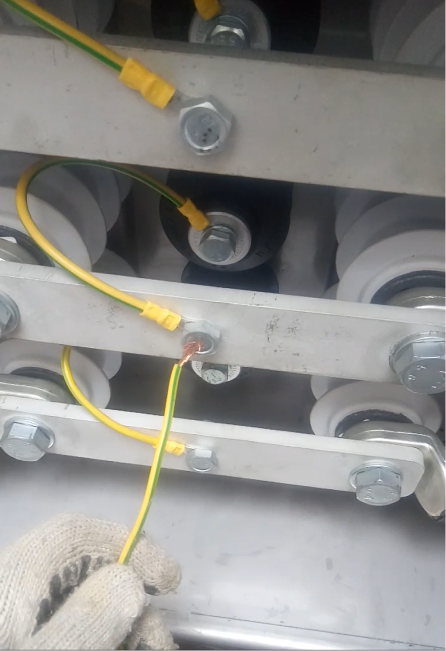
How to light a last cigarette from a disconnected cable?
Power transmission lines usually are double-circuit. This allows you to maintain or repair a disconnected circuit while the second circuit remains in operation and provides power to consumers. For this kind of lines, questions usually arise with the safety of personnel, since the disconnected circuit is under the influence of a 50 Hz voltage induced by a loaded circuit.
For overhead lines, safety issues are well studied and reflected in a large number of publications and regulatory documents. For example, during maintenance, a disconnected circuit should be grounded at both ends, and a portable grounding should be installed at the place of maintenance.
For cable lines, safety issues have been studied much worse, and there is not such a great number of publications and regulatory documents. The problem gets more serious by the fact that it is almost impossible to install a portable grounding on the cable. As a result, we have increased risk for the personnel of our cable networks.
The video shows a case when the staff opened the screens’ cross-bonding box of a disconnected 330 kV cable line. It was done in order to take the surge arresters out of the box while testing the cable outer sheath with a DC voltage of 10 kV. The induced AC 50 Hz voltage, which turned out to be on the buses of the box of the disconnected (!!) circuit, became a great surprise for the staff. In this video the arc was enough to light a cigarette and, unfortunately, it could be the last cigarette in person’s life.
How can we reduce the AC 50 Hz voltage induced from a loaded circuit to a disconnected one? We can offer the measures (one of them or all together):
1️⃣ Laying the ABC phases of each circuit in a closed triangle in order to compensate the magnetic fields of the ABC phases (instead of laying cables in row characterized by poor compensation of the magnetic fields).
2️⃣ The full transposition of the ABC phase cables themselves (the transposition of cables has nothing to do with the cross-bonding of cable screens).
3️⃣ Complete disconnection of the two-circuits for the duration of the maintenance (even if the maintenance is supposed to be on only one circuit, we have to disconnect both, which will ensure the complete absence of the AC 50 Hz induced voltages and guarantees complete safety of the personnel).
4️⃣ Grounding the cores of a disconnected cable line circuit. Unfortunately, it doesn’t always help. For instance, it’s useless when personnel mount a cable joint (there is an induced voltage between left and right parts of the core/screen of the entire phase).
Measures 1-2 can be done at the stage of the cable line project only. Measures 3-4 can be done on the cable line that was already built. A great question is what to do if the induced voltage occurs due to the magnetic field of an overhead line passing nearby.
The safety of the personnel will be discussed in my blog for many times.
